
Contributed by Saul Ostrow / When Ted Stamm’s career was cut short by his death at age 39 in 1984, he had already begun to attract attention in the United States and internationally. Critics including Edit deAk, Peter Frank, Robert Morgan, and Kay Larson recognized Stamm’s ability to bridge formal rigor with playful urban references. In 1975, deAk wrote in Artforum that “Stamm’s work confounds its own apparent simplicity; the shape’s tense complexity and stubborn definition of itself make it totally the artist’s like an insignia. The color is equally personal, and the painting’s presence is quietly assertive. This is certainly not the elegant nihilism of reductive solutions.” Conceptual endeavors were central to his ambition of making the border between art and everyday life porous.
Although Stamm’s work is often associated with Minimalism, it was always more complex than that label suggests. He was deeply concerned with the painted object as a contingent, relational presence rather than a fixed, self-contained entity. Conceptually, his concerns aligned him with what was then called post-Minimalism, though the category’s validity has since been questioned. In today’s cultural landscape, Stamm is increasingly recognized as a conceptual artist as well as a Minimalist painter, as exemplified by the overview exhibition, “Ted Stamm: Ready,” coming up at von Bartha in Basel. It will bring together key works from his “Wooster,” “Zephyr,” and “Dodgers” series, photographic documentation of his street works, and his mail art, collaborative “Tags” notebooks, and off-site projects.

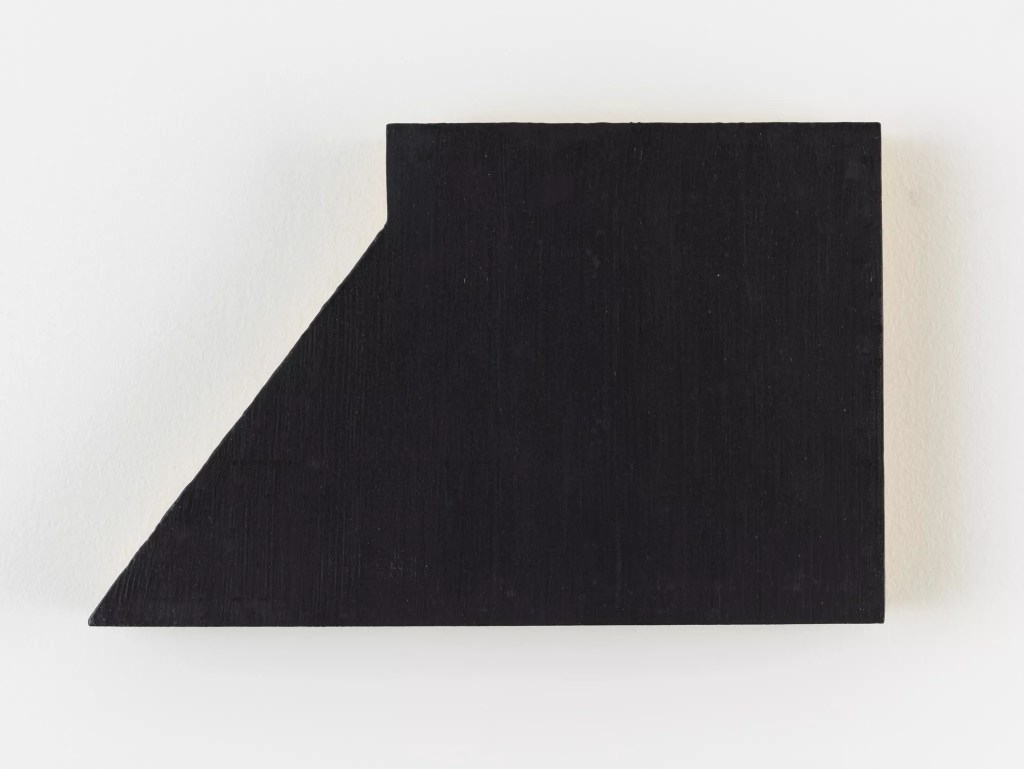
The interplay between his painting and his street works, site-specific installations, photography, and participatory projects was a direct response to the broader artistic concerns of the 1970s and early 1980s, which included anxieties about painting’s future and the critique of Modernism. Stamm took to rubber-stamping the phrase “Painting Advance 1990” to the backs of his works as well as on cards he mailed out, signaling his belief in painting’s ongoing evolution and later serving as the title of his posthumous 1986 exhibition at the C.W. Post Art Gallery at Long Island University. Viewed in a contemporary context – where art is increasingly anecdotal, detached from lived experience, and subject to postmodernism appropriation, repetition, commodification, compounded by the advent of AI – Stamm’s optimism takes on new significance. His emphasis on the distinction between perception and cognition and subversion of his own artistic rules offers compelling guidance for contemporary abstract painting seeking to elevate perceptual and cognitive experiences over semiotic interpretation.
Properly understood, Stamm’s practice is part of a non-canonical alternative history of post-1950s abstract painting that apprehends art phenomenologically – as an event – rather than reducing it to formulae. This as-yet-unacknowledged category includes artists associated with Systemic Painting (Paul Feeley, Ed Ruda, Ludwig Sander) and singular figures like James Bishop, Rosemarie Castoro, Don Dudley, Ron Gorchov, Marcia Hafif, Ralph Humphrey, Marylin Lenkowsky, Al Loving, Sven Lukin, Paul Mogensen, Harvey Quaytman, Leon Polk Smith, and Jack Whitten. Meanwhile, his conceptualism was most likely influenced by artists such as George Brecht, John Cage, Dick Higgins, and Alan Kaprow, who were associated with Fluxus. Like Stamm, these artists sought to create situations where the viewer’s experience of looking and judgement was central. Though these artists were specifically reacting to the academization and formalization of Abstract Expressionism, they still held to the view that meaning in art arises through a lived engagement with the work and need not be a monastic, purist, or essentialist pursuit.
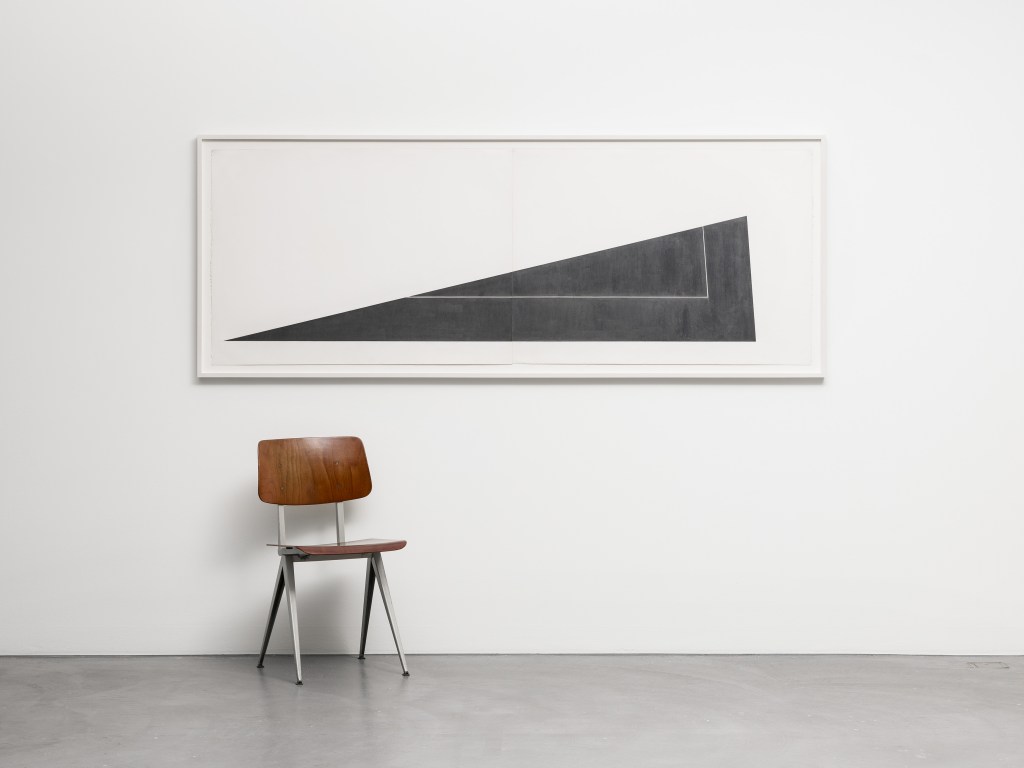
That reductive strategies need not foreclose eccentricity or lived experience was especially evident in 1970s Soho. Stamm bridged different worlds. His studio work and his daily presence on the streets embodied the interplay between formal rigor and urban vitality. The skinny, shaggy-haired figure in tight jeans, a black leather jacket, and go-go boots on Wooster Street might have been mistaken for a graffiti artist or an all-night partygoer rather than a budding minimalist of some repute. His street works, dubbed “Designators,” were not traditional graffiti tags but abstract, iconic forms derived from his paintings. Crafted with stencils, spray paint, and adhesive labels, he applied them to car bumpers, license plates, and urban surfaces of personal importance, turning the urban environment itself into his canvas.
Stamm revisited various sites and documented their evolution through photographs. These records underscored the ephemerality of his works. The iterative process, combined with his participatory “Tags” projects, further dissolved boundaries between the artwork, the artist, and the collective urban experience. The “Tags” projects, in particular, invited collaboration with and interpretation by others, aligning Stamm with Vito Acconci, Richard Artschwager, Scott Burton, and Martha Wilson, who, like Stamm, were inserting themselves and their work into public spaces.
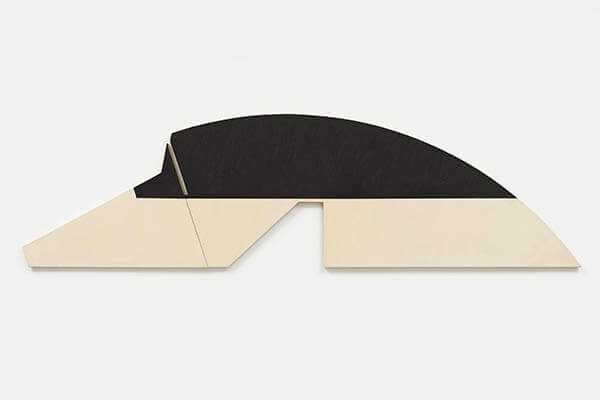
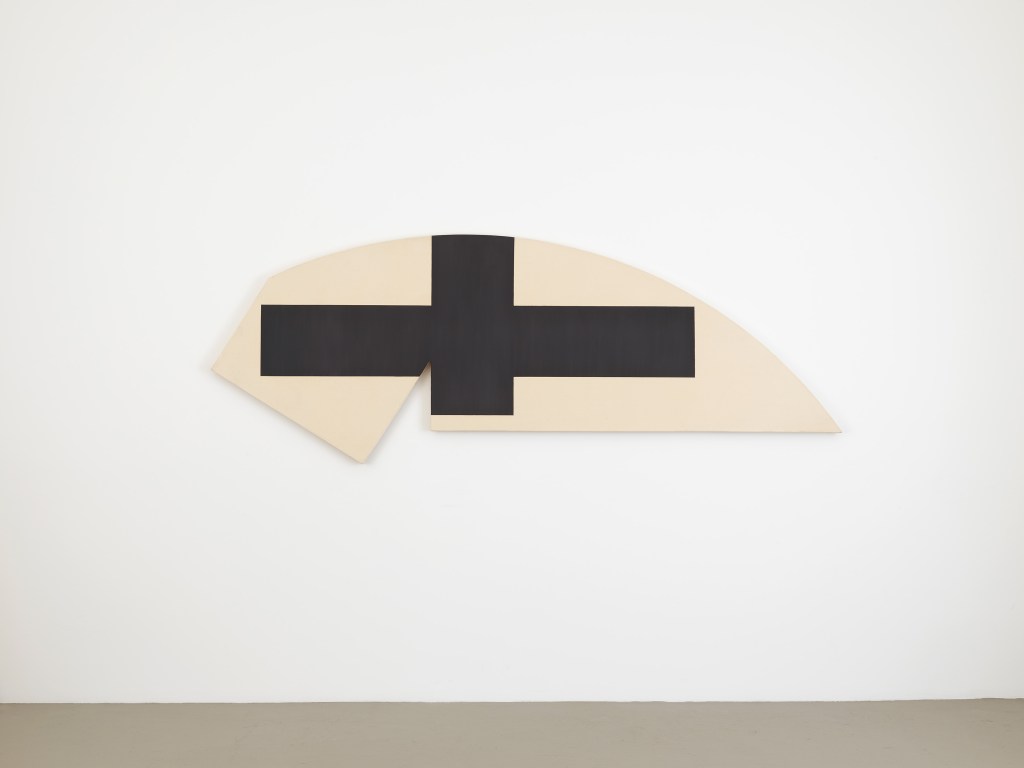
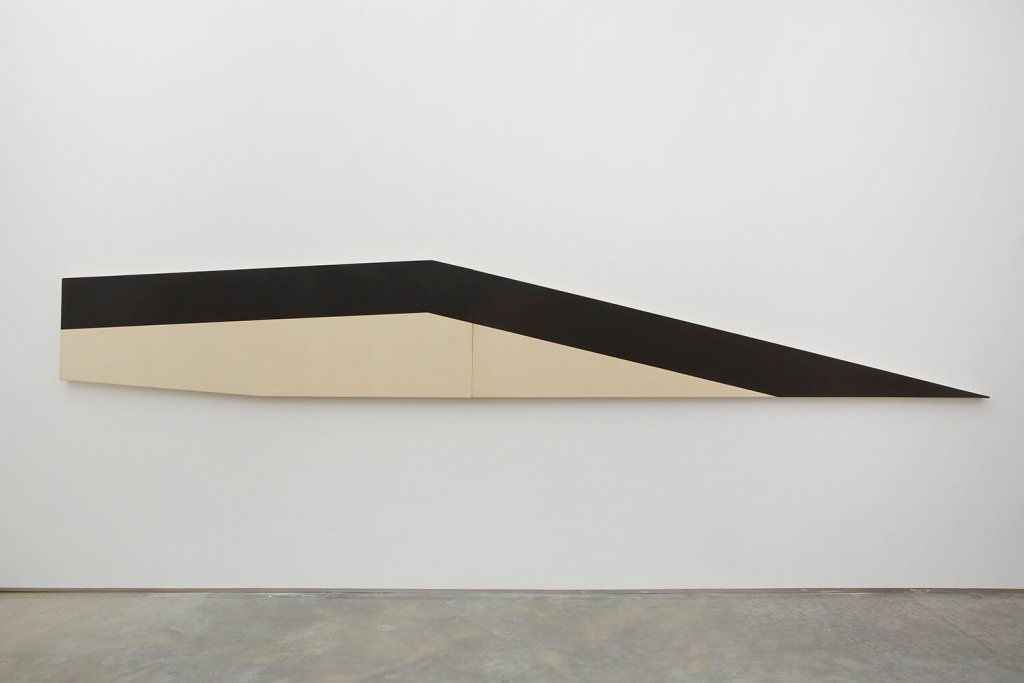
Much of Stamm’s inspiration came from the city itself. He discovered the distinctive “Wooster” shape – a rectangle joined on the left by a slightly shorter triangle – on Wooster Street, near his loft, accepting it as what he called an “unknown readymade.” Shapes in the “Dodgers” series were inspired by the curved forms and right angles of the baseball diamond at Ebbets Field, former home of the Brooklyn Dodgers, and reflect Stamm’s obsession with baseball. The “Zephyrs” series drew on the streamlined design of the Zephyr locomotive from the 1930s, reflecting Stamm’s fascination with speed and modern industrial design, also manifested in his later “C-Dodger” paintings, whose forms echo the sleek, aerodynamic silhouette of the supersonic Concorde airliner.
By generating countless works on paper based on intuitive variations rather than rigid systems, Stamm documented how his forms might be used. From this perspective, his studio practice resembled that of two very different artists, John McLaughlin and Myron Stout. Both were known for their rigorous pursuit of non-objective experience, but McLaughlin’s work was contemplative and neutral, Stout’s psychologically resonant. Their affinity lies in each artist’s demonstration that restraint and reduction can create space for ambiguity, intuition, and subjective experience within a minimalist practice. Stamm sought to occupy both ends of this spectrum, deploying a reductive vocabulary to promote indeterminate outcomes rather than closure.


The tension between formal restraint and expressive potential is evident in Stamm’s early, transitional “Cancel” series, developed in the 1970s. In these works, Stamm both conceals and reveals, rigorously applying black paint in grid-like patterns to obscure earlier vibrant, lyrical abstract paintings. For him, black was more than just a color; it was a statement associated with rebellion, rigor, and reduction, and became a signature element throughout his oeuvre. He consistently revised his blend of pigments, graphite, and other materials to achieve the deepest, most non-reflective black possible, which he referred to as “NRB.” Optically, it created a sense of dimensionality, causing shapes or lines to advance and recede. His use of black and the subtle perceptual shifts it produced signaled his commitment to preserving subjectivity even as he worked within minimalist and conceptual frameworks.
Later, he added metallic paints to his palette and incorporated areas of raw or unprimed canvas into his compositions. He also introduced into his “Wooster” and “Zephyrs” series simple optical illusions to create complex visual experiences between the actual and the seen. These evolving material strategies and perceptual experiments were not ends in themselves, but part of Stamm’s broader inquiry into the grey areas between strict categories. This liminal approach contrasted with the literalism and materialism of canonical Minimalism and formalism, and with conceptualism’s tendency to reduce art to problem-solving or endgame strategies. By encouraging viewers to experience his paintings as both things and images, Stamm straddled the threshold between object and image, and between abstract and referential art. The clash of raw canvas and metallic or non-reflective black paint, the oscillation between surface and depth, and the shaped supports exude transition and potential, demonstrating and championing art’s ability to forge connections between how we think, how we see, and how we come to know the world.
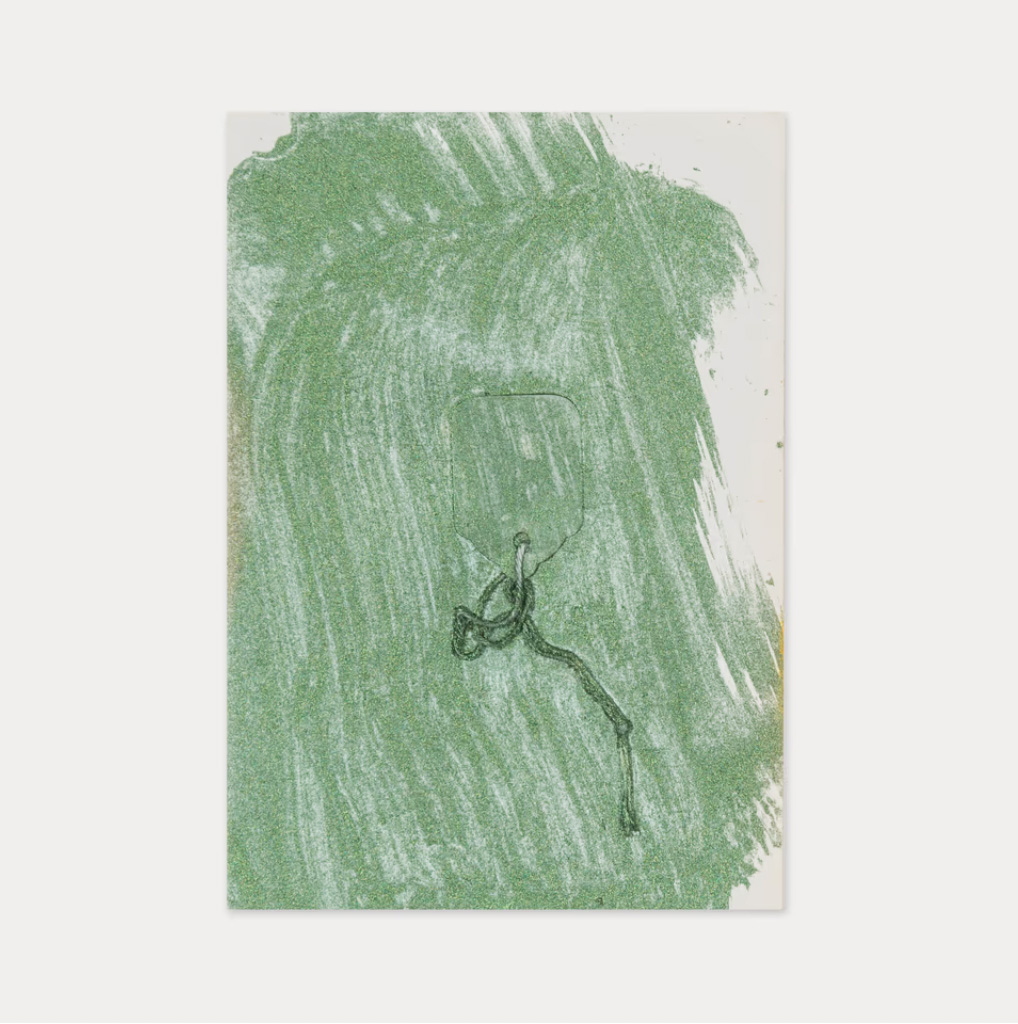
“Ted Stamm: Ready,” von Bartha, Kannenfeldplatz 6, Basel, Switzerland. June 17–August 9, 2025.
About the author: Saul Ostrow is an independent curator and critic. Since 1985, he has organized over 80 exhibitions in the US and abroad. He has served as art editor at Bomb, co-editor of Lusitania Press, and editor of the book series Critical Voices in Art, Theory and Culture published by Routledge. In September 2025, the exhibition “The Shape of Painting,” curated by Ostrow, will open at the Milton Resnick and Pat Passlof Foundation in NYC.

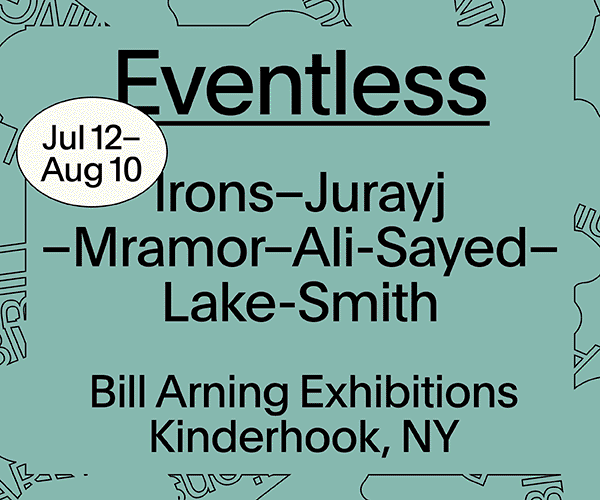
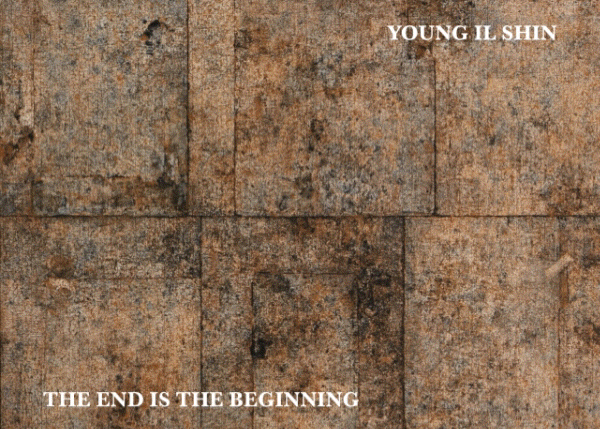
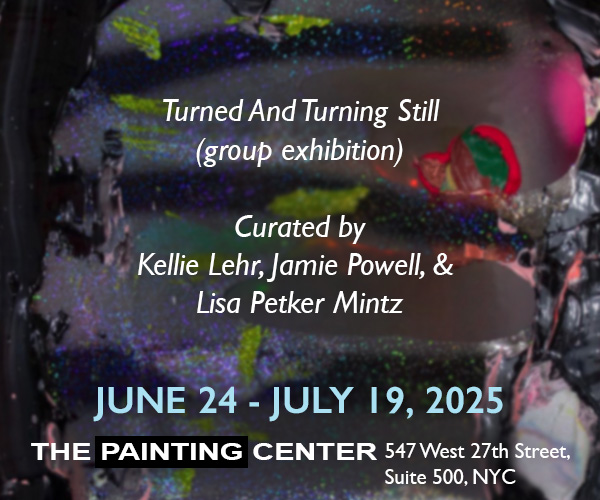
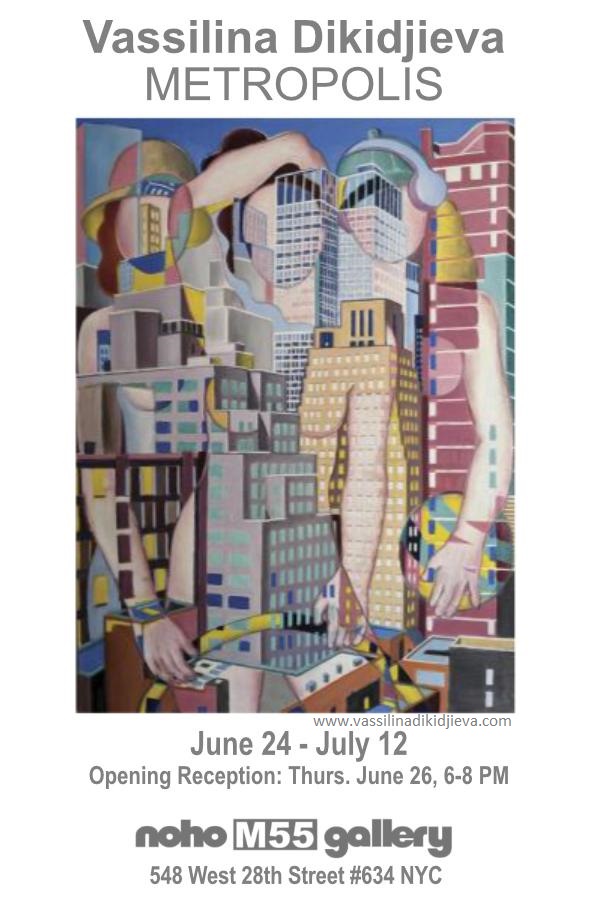
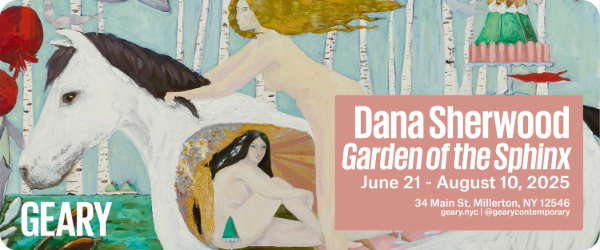










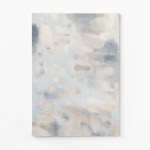
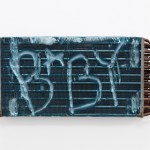
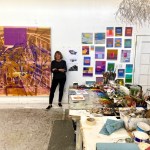

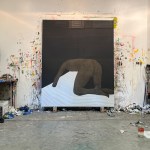
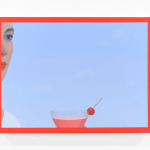
This was a drink of water on a hot day, thank you!
Especially this: “Viewed in a contemporary context – where art is increasingly anecdotal, detached from lived experience, and subject to postmodernism appropriation, repetition, commodification, compounded by the advent of AI – Stamm’s optimism takes on new significance. His emphasis on the distinction between perception and cognition and subversion of his own artistic rules offers compelling guidance for contemporary abstract painting seeking to elevate perceptual and cognitive experiences over semiotic interpretation.”
Excellent piece and much needed information about Stamm. I only wish this show would be in NY instead of in Basel, Switzerland. An alternate history of American abstraction in the 70s and 80s does indeed need to be articulated.
Terrific writing about Ted Stamm, Saul!
Gwenael is right. NY needs to see Ted’s work again and re-think 70’s and 80’s …and 90’s abstraction.
Thank you for illuminating Ted Stamm’s practice in such a clear way. I’m such a fan of this work.